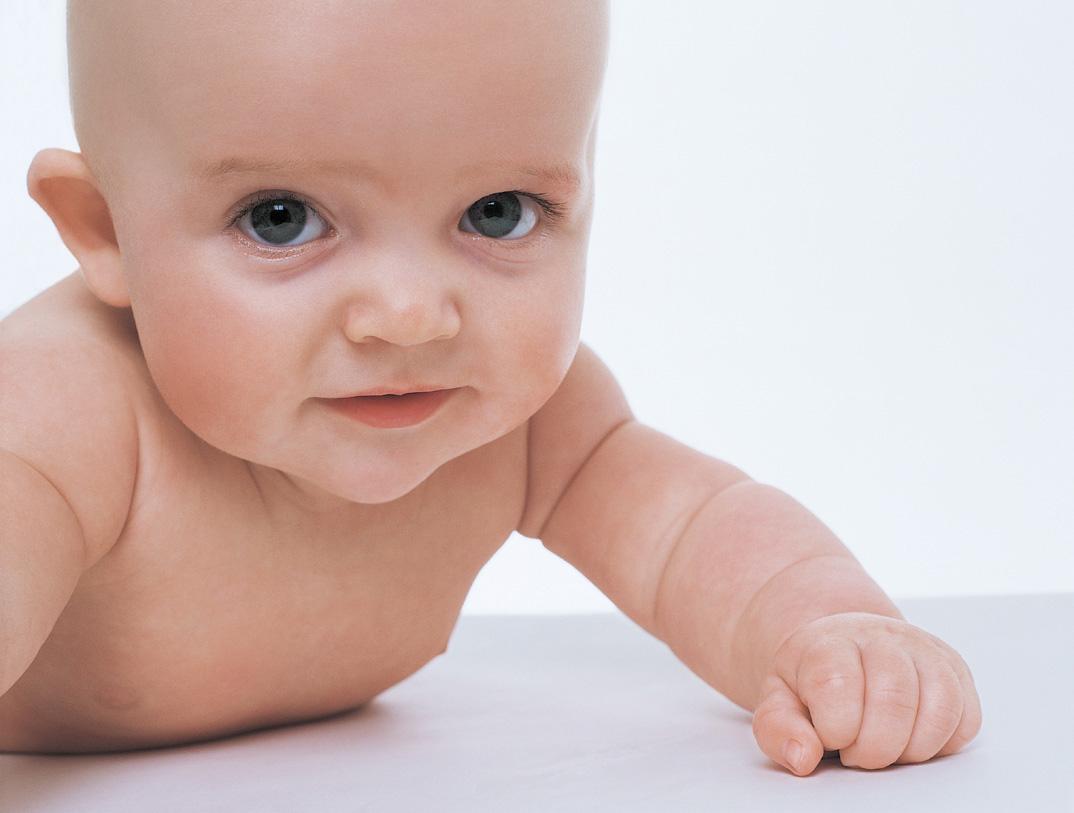On average, babies start to crawl at 8 months. Use this checklist to help you prepare for a kid who can go from here to there in the blink of an eye.
Safe Bathing & Toilet
- Fill tub just enough to cover baby's legs (2 to 3 inches of water)
- Use warm, not hot, water (35.5 to 38 degrees Celsius).
- Never leave baby in tub unsupervised, not even for a few seconds.
- Put nonslip mats in bathtub and on the floor next to the tub.
- Nice to have: Soft covers for bathtub spout and knobs.
- Install a toilet-seat lock to prevent drowning
Safe kitchen
Preventing burns
- Don't carry hot food or drink and your baby at the same time.
- Keep hot food and drink away from edges of tables and counters.
- Don't hold baby while cooking at stove.
- Turn pot handles toward back of stove.
- Secure oven door with an appliance latch.
Forbidden territory
- Keep knives, breakables, heavy pots, and other dangerous items locked up or out of reach.
- Put locks or latches on accessible cabinets and drawers that contain unsafe items.
- Distract baby from forbidden places by keeping one cupboard unlocked and filled with lightweight, baby-safe items.
- Keep trash cans in inaccessible cupboards or use cans with child-resistant covers.
- Secure refrigerator with appliance latch.
- Lock matches and lighters in a cabinet that is higher than your shoulders
Safe bedroom
Changing table & Highchairs
- Use table with safety strap.
- Don't leave baby unattended.
- Use a stable, wide-based highchair with a safety strap.
- Don't use baby clothing with drawstrings.
Crib
- Avoid using soft, fluffy pillows or comforters under sleeping baby.
- When baby gets up on hands and knees, remove mobiles and hanging toys.
- Don't leave toys in crib when baby is sleeping.
- Keep drop side of crib up and locked when you're not in the room.
Sleep (SIDS prevention measures)
- Put baby to sleep on his back.
- Don't let baby sleep or nap on pillows or fluffy bedding such as comforters or sheepskins.
- Don't put baby to sleep on water beds or other soft surfaces.
The safest toys:
- Have no buttons, eyes, beads, ribbons, or other pieces baby could pull off and choke on.
- Are not too heavy (would not harm baby if it fell on him)
- Have no strings or cords longer than 12 inches so it can't be hung around baby's neck.
Safe housing
Doors & windows
- Use doorstops and door holders to protect baby's fingers.
- Mark sliding doors and other expanses of glass with colorful stickers.
- Use window guards, window stops, and safety netting on windows
Electrical outlets, cords, and appliances
- Put safety plugs or covers over unused outlets or block with furniture.
- Hide electrical cords behind furniture or use hide-a-cord device.
- Keep electrical appliances unplugged and out of reach.
Preventing falls
- Never leave baby alone on beds, sofas, bouncy chair, highchair, changing table, or in any other spot from which he could fall
- Install gates to block stairways at bottom and top.
- If railings have openings wider than 4 inches, block with plastic garden fencing, or other material.
Furniture
- Attach corner and edge guards.
- Secure furniture that can fall over (like bookcases) to the walls.
- Keep TV and other heavy items on low, sturdy furniture, pushed back as far as possible.
- Secure tall, unstable lamps behind furniture.
Poison-proofing
- Survey your house and move cleaning agents, medicines, vitamins, toiletries, and other potentially toxic items out of reach or locked up.
- Move handbags out of reach.
- Get rid of toxic houseplants.
- Post the number for Toxicology Centre 08007770999, near phones.
Water
- Don't leave baby unattended even for a moment in or near a pool.
- If you have a pool, erect fencing at least 4 feet high with a self-closing, self-latching gate.
- Don't leave even small amounts of water, cleaning solutions, or other liquids in containers.



